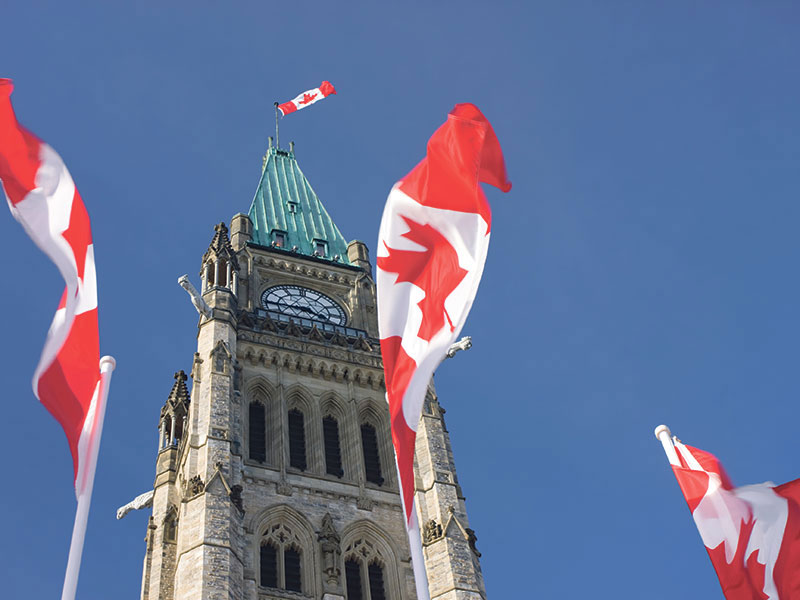
In an unprecedented move, the Bank of Canada has announced a major increase raise to its key interest rate for the second time in two months as it forecasts higher consumer prices to come this year.
The central bank increased its policy rate by half a percentage point to 1.5% Wednesday and warned that rates will need to rise further to rein in inflation.
Russia’s invasion of Ukraine, Covid-19 lockdowns in China and backlogged supply chains are fuelling `”uncertainty” and higher prices for energy and food, the institution said. Those global pressures, along with low unemployment rates at home, will likely push inflation well past the bank’s previously projected rate of 5.8 per cent for the first half of the year.
“The risk of elevated inflation becoming entrenched has risen,” the institution said in a release accompanying the rate announcement.
The annual pace of inflation rose to 6.8% in April, the fastest year-over-year rise in more than three decades as prices for a broad range of goods from food to gasoline continued to move higher.
“With the economy in excess demand, and inflation persisting well above target and expected to move higher in the near term, the governing council continues to judge that interest rates will need to rise further,” the central bank said.
The Bank of Canada increased its benchmark interest rate by half a percentage point in April to 1% – the biggest hike in 22 years, and one that followed a quarter-percentage-point bump in March.
The move marks the first back-to-back half-point hikes since scheduled rate announcements began more than two decades ago.
The bank makes changes to its trendsetting interest rate in an effort to control inflation with a target of two per cent and said Wednesday it is “prepared to act more forcefully if needed” to meet that target – an indication that more aggressive rate hikes are on the table.
The soaring cost of consumer goods from gasoline to groceries already had economists speculating that further interest rate hikes were on the horizon this year.
One more quarter-percentage-point increase would push the overnight rate to 1.75%, where it sat before the pandemic.
The bank is also easing pandemic-era stimulus measures by continuing so-called quantitative tightening, begun in April, as the government bonds it holds are longer being replaced when they mature.